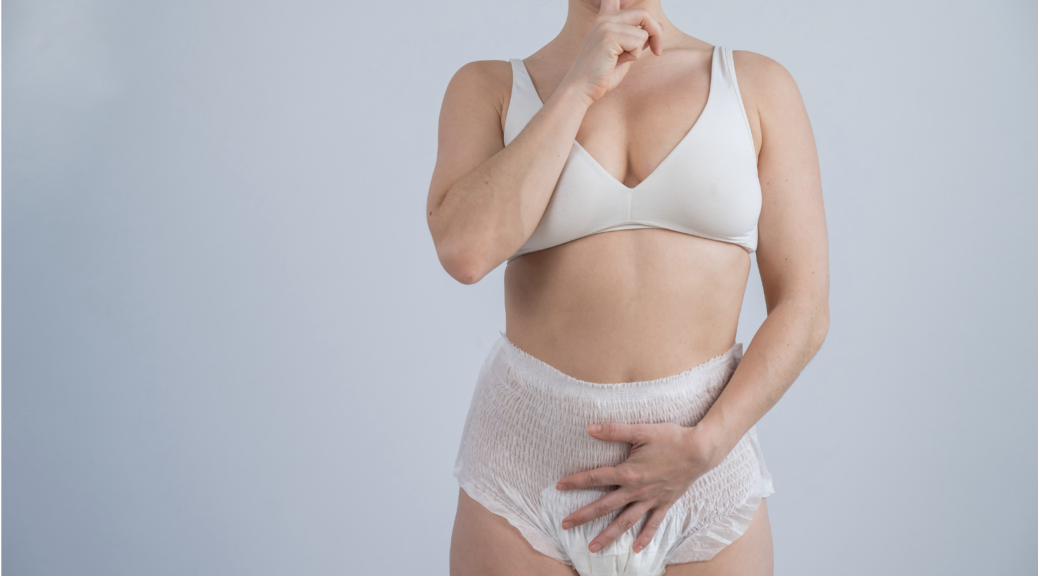
How to protect the pelvic floor from urinary incontinence
Urinary incontinence is one of the most frequent problems of the pelvic floor in postpartum women. There are different types, which are classified as follows:
- Effort leaks: this loss of urine (either a drop or a stream) is usually associated with sneezing, coughing, lifting weights, bending over or getting up from the sofa or toilet seat, running, dancing, laughing, and so on.
- Urgency leaks: There is a very strong and unannounced urge to urinate, with or without urine leakage. This is usually associated with circumstances such as going up in an elevator or putting the house key into the door, cold, the sound of water flowing, and others.
- Overflow leaks: urine loss without noticing, meaning the women don’t realize when it happened. This is usually associated with people who hold the urge to go to the bathroom for many hours or people who have the feeling that they still need to go to the toilet after having passed urine.
To improve these problems, there are different solutions to it depending on the type of incontinence, but they all aim to improve control and awareness of their own body. This is achieved by:
- Improving body posture: avoid slouching the shoulders, not causing too much pressure on the abdomen, keeping a straight but not tense position when sitting, trying to support the bones under the buttocks and not the buttocks alone.
- Improvement of breathing: avoiding short, shallow breaths or breathing exclusively through the mouth, but at least once a day, make deep, conscious breaths and trying to take air in through the nose and out through the mouth.
- Improving hip movement: doing mobility exercises to help the whole pelvis move and avoid the sensation of stiffness or lack of movement.
- Improving contracting and relaxing the pelvic floor muscles: by doing exercises in which the attention is focused exclusively on moving these muscles or by taking into account the contraction of these muscles during exercise, sports, or training.
- Changing habits when urinating or defecating:
- When urinating: never stop breathing, take deep breaths, do not arch or bend your back and keep an upright back but without tension. Do not run or rush in the bathroom (even if this means urinating with the baby in the arms most of the time).
- When defecating (passing stools), never stop breathing. Take deep breaths, do not arch or bend your back, and keep an upright back without tension. Use a footstool to support the feet, and if at any time you feel the need to push, at least breathe out air by making the sound of an S with your lips to resist the flow of air.
Although all of these tips can help to protect the pelvic floor and reduce urine leakage, it is important that women see a pelvic floor physiotherapist to ensure that they are performing the exercises correctly.